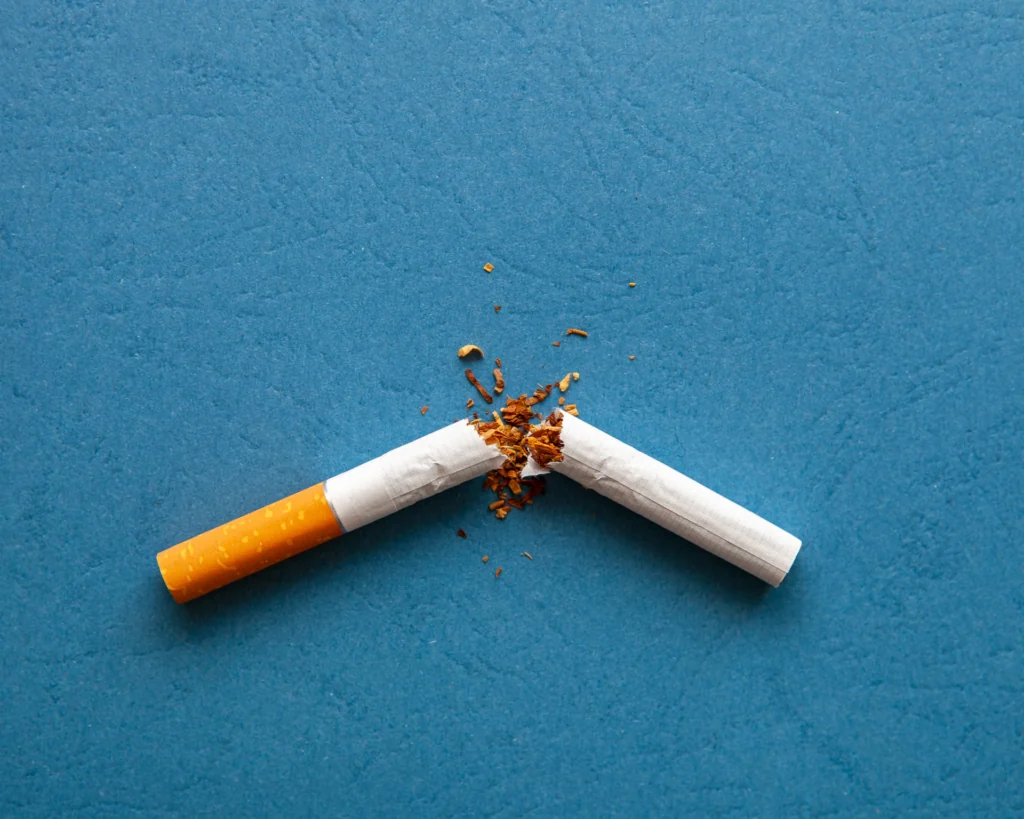Crime and Overdoses: The Vicious Cycle of Untreated Addiction
Data indicates the current approach toward minor drug-use-related crime doesn't reduce criminal activity or effectively prevent future overdoses.

Read Time: 3 minutes
Published:
Many people with substance use disorder (SUD) will be involved with the criminal justice system at some point, whether due to drug use-related overdose or criminal activity. When law enforcement encounters people who committed a drug-use-related crime (such as overdose, possession of drugs, etc.), they typically arrest them and file criminal charges for prosecution. If an individual with SUD commits a drug use-related crime but does not receive treatment (in jail or prison or afterwards), that individual is likely to start using drugs again once released. They are also at risk for overdose and for future drug use-related crime and incarceration.
What if people who came into contact with law enforcement due to drug use-related crime were connected to appropriate addiction treatment? What would happen to those individuals and their risk of overdose, arrest, and incarceration in the future? What is the role of law enforcement in all of this?
We sought to answer these questions by looking at the relationship between police encounters for drug use-related crime and future overdoses, arrests, and incarceration in a medium-sized Midwestern city in the U.S. We used the local law enforcement database to identify adults who committed a drug-use-related crime (mostly overdose-related) between September 2015 and August 2016. Fifty-two individuals met these criteria, and we compared their arrest and incarceration data one year before to one year after their drug-use-related crime. We also obtained data on the number of fatal overdoses for these individuals following their drug-use-related crime. These individuals were predominantly white males around 30 years old, with one-tenth homeless or without a permanent residence.
Given the continuing opioid epidemic, law enforcement should consider alternative policing approaches that are focused less on criminal justice-driven methods and more on treating addiction and providing harm reduction.
We found that these individuals went on to experience more overdoses and related police encounters in the following year, with almost 10% dying due to an overdose. In addition, the vast majority (85%) were incarcerated in the following year, spending a longer time in jail (50 days on average per person) than during the prior year (16 days on average per person).
To see whether these trends changed over time, we identified 263 adults who had committed a drug-use-related crime at a later time, between September 2017 and August 2020. When we compared the second group’s data with those of the earlier group, we found these groups had similar rates of police encounters and arrests related to overdoses, even though at least two years had passed.
Our findings suggest that arresting and criminally-prosecuting individuals for a minor, drug-use-related crime did not reduce arrests, incarceration rates, or criminal activity, or effectively prevent future overdoses. Our findings documented an individual’s continued struggle with harms known to accompany untreated addiction. Following an overdose and arrest, they continued to have more overdoses and drug-use-related crime with police involvement, and were subsequently incarcerated for longer periods of time.
Given the continuing opioid epidemic, law enforcement should consider alternative policing approaches that are focused less on criminal justice-driven methods and more on treating addiction and providing harm reduction. These alternative approaches could include a greater emphasis on community policing or on pre-arrest diversion-to-treatment programs where individuals who committed a drug-use-related low-level crime are directed to treatment instead of arrest and criminal prosecution. With a different policing approach, we may be able to not only save a life, but also change a life by breaking the vicious cycle of overdose and crime.
Photo via Getty Images



